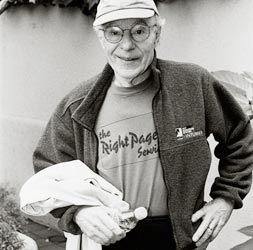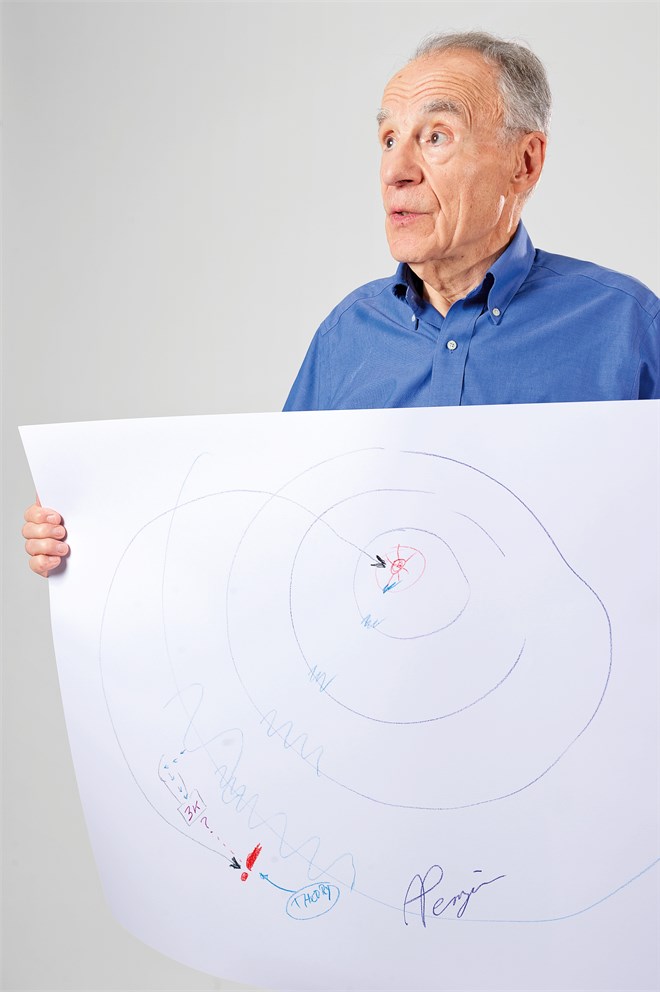
Arno Allan Penzias is a German-born physicist who shared one of the 1978 physics prizes with Robert W. Wilson, his colleague at Bell Laboratories in New Jersey, “for their discovery of cosmic microwave background radiation”.
All astronomical objects emit radiation in the form of radio waves, allowing radio astronomers to study objects not visible with optical telescopes. Penzias and Wilson discovered that the universe also is fi lled uniformly with a background radiation of a type and range that seemed to support the ‘Big Bang’ theory.
Penzias was born in Munich, Germany, in 1933 and had a lucky escape when he and his family were rounded up for deportation to Poland but the shipment was aborted. Arno and his brother were promptly sent to Britain, and when their parents joined them the family sailed for America, settling in New York. Arno studied physics at City College, after which he married and spent two years in the Army Signal Corps before entering Columbia University in 1956, where he performed microwave research under Rabi, Kusch and Townes, building a maser amplifier for his radioastronomy thesis. In 1961, Penzias was offered work at Bell Laboratories, and remained there for 37 years.
From the start, Penzias explored radio astronomy. With the launch of Telstar in 1962 he gained access to Bell’s sensitive horn antennae and was joined in 1963 by Wilson, from Caltech. Their discovery of background radiation fitted precisely the early Big Bang calculations, making it possible to obtain information about cosmic processes that took place in the early universe. Other scientists have measured the temperature of the radiation very precisely and have found the radiation to vary with direction in space and to be anisotropic (Nobel prize in physics 2006). As a result, the radiation can be used as a relative map, plotting absolute motion in space. With Keith Jefferts, Penzias and Wilson assembled a millimeter-wave receiver which they linked to a radio telescope in Arizona in 1970. Using this, they discovered several interstellar molecules including DCN, which enabled Penzias to trace the distribution of deuterium in the galaxy – further evidence for the Big Bang theory.
Penzias rose through the Bell ranks until 1981, when he was made Vice- President of Research – just when Bell labs was being broken up, and he found himself heading research for AT&T instead. In the 1990s Penzias gave up his secure post to move to California’s Silicon Valley, initially reporting to Bell on start-up enterprises, then accepting advisory posts with several of the new firms and then linking up with a group of venture capitalists. He currently serves as a venture advisor at New Enterprise Associates. His current work focusses on the creation and development of alternative sources of energy, thereby reducing today’s dependence upon fossil fuels!
Arno Penzias died on 22 January 2024 at the age of 90.
Exhibition "Sketches of Science" by Volker Steger - Locations & Dates

By Volker Steger
When I met Arno Penzias, I tried to imagine him climbing around a giant antenna dish of the kind used in the 1960ies to communicate with sattelites. And I get the impression, that he is still in the shape to do just that. His discovery of the cosmic background radiation was done searching for what looked like a technical problem of an antenna – it wasn't. So next time you find an odd spike in your data, it might have a Nobel potential...
